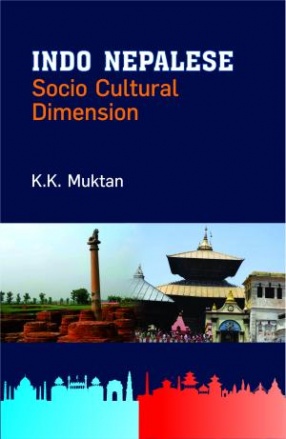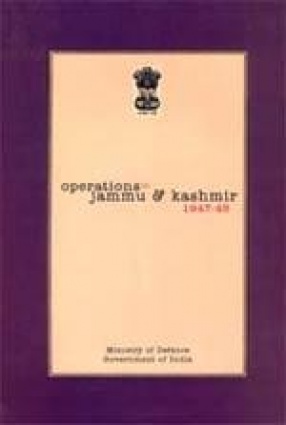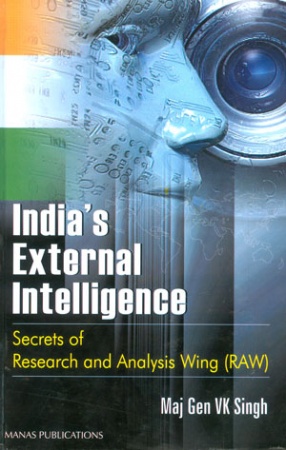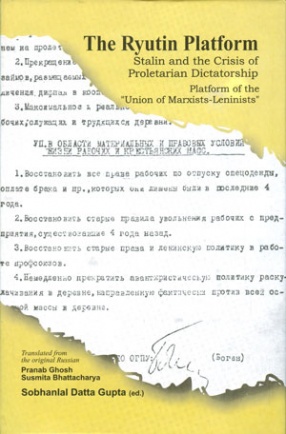Indo Nepalese: Socio Cultural Dimension
This book makes a critical re-appraisal of the ethno-cultural dimensions of Nepal and India and traces the parameters of socio-cultural, political, religious and linguistic unities and uniformities that exist between the two countries. The Gangetic valley of India was the cradle of Indo-Aryan civilization while Gandaki river of Nepal happened to be the ancient habitat of the Nepalese people. The former was known as Aryavarta (land of Aryans) while the latter was called Sapta-Gandaki (basin of seven tributaries of Gandaki). As the Aryans grew-up in population they advanced further towards the east and pushed the indigenous tribes living there up the sub-Himalayan region. As a result, the Kiratas were the first historically known people to enter Nepal from the North-Eastern frontiers of India. A few centuries thereafter, more advanced Hinduised people from northern India known as the Lichchhavis, Thakuris, and Mallas went to Nepal and established their kingdoms. They carried with them India's vedic culture and religion and initiated the people of Nepal into their culture and faith. The advent of the Rajputs in14th century and the rise in power of the Gorkha dynasty, eventually succeeded in uniting the small principalities into a greater Nepal in the middle of 18th century.
Mr. Muktan, in this book, lucidly brings out the close affinities of culture, religion, language and ethnicity that exist between the peoples of India and Nepal and yearns for a closer relationship, harmony and richness of life between them.
Get it now and save 10%
BECOME A MEMBER









Bibliographic information